Podcasting has revolutionized the way we consume and engage with audio content.
In an era where on-demand entertainment is at our fingertips, podcasts offer a unique and immersive experience for listeners.
From informative discussions to captivating storytelling, podcasts have become a powerful medium for sharing knowledge, exploring diverse topics, and connecting with audiences around the world.
With the rise in popularity and accessibility of podcasting, individuals, businesses, and creatives alike are seizing the opportunity to create their own shows and make their voices heard.
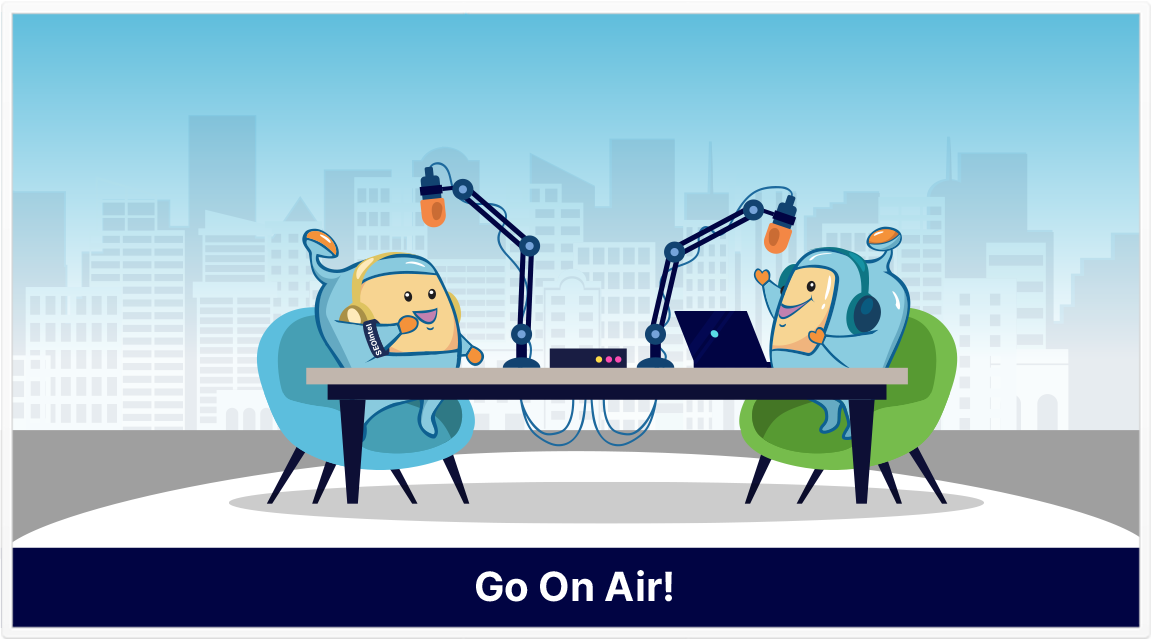
In this article, we will delve into the world of podcasting, exploring its significance, benefits, and best practices to help you embark on your own podcasting journey.
Here is what you will learn:

Podcasting is a popular method of creating and distributing audio-based content. It involves releasing a series of episodes that can be downloaded or streamed by listeners on their mobile devices or computers.
Podcasting has gained significant traction, with a majority of US consumers engaging in podcast consumption.
Podcasting holds great importance in the realm of content marketing. It's growing popularity and dedicated audience make it a valuable medium for various reasons:
The first step in your podcasting journey is to determine the goal of your podcast.
Whether it is to support an existing business, build a new one, or simply for personal enjoyment, establishing a clear goal will guide your decisions and strategies.

Selecting a podcast topic is crucial for capturing the interest of your target audience.
Find a subject that has enough substance to sustain multiple episodes and ensure there is an existing audience or potential listenership for that particular topic.
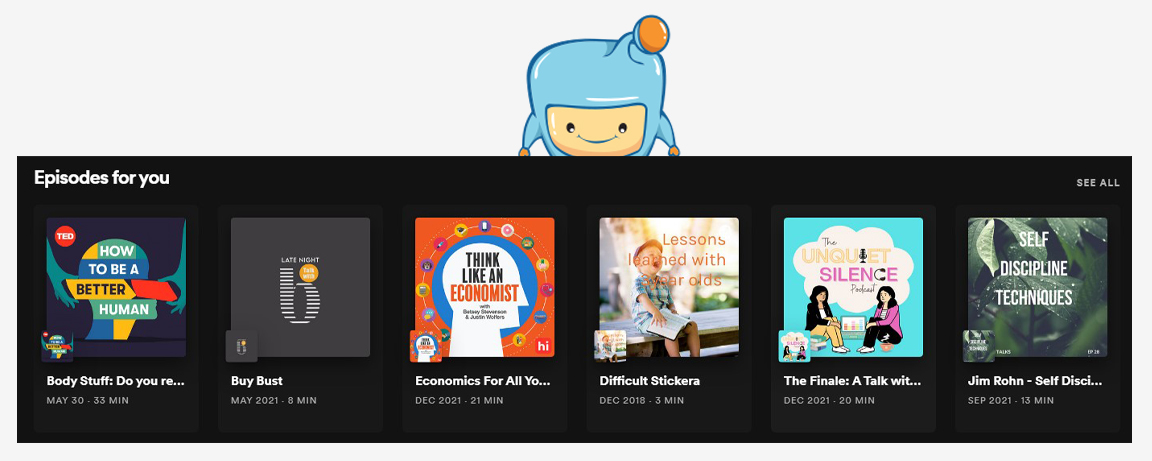
Choosing the right podcast format helps shape the style and structure of your episodes.
Whether you opt for a single host, a multi-host setup, discussion-based episodes, interviews with guests, or independent episodes, selecting a format that aligns with your content and engages your audience is key.
The name of your podcast plays a crucial role in attracting listeners. It should be short, easily understandable, and descriptive of your podcast's content.
Ensuring that the corresponding domain is available will also simplify branding and online presence.

Choosing a podcast template can greatly simplify the process of creating a professional and cohesive podcast. Templates offer pre-designed layouts and structures that are tailored specifically for podcasts, saving you time and effort in designing everything from scratch.
When selecting a podcast template, consider factors such as the overall style and aesthetic that aligns with your podcast's theme and branding.
Look for templates that offer customizable features, allowing you to add your own logo, colors, and artwork to maintain your unique identity.
Additionally, consider the layout and organization of the template, ensuring it accommodates the different sections of your podcast, such as the introduction, segments, and conclusion.
A well-designed template will provide a clear and visually appealing structure, making it easier for your audience to navigate and engage with your content.
Whether you choose a template from popular platforms like Canva or opt for specialized podcast template providers, selecting the right template can provide a solid foundation for creating a visually appealing and professional podcast.
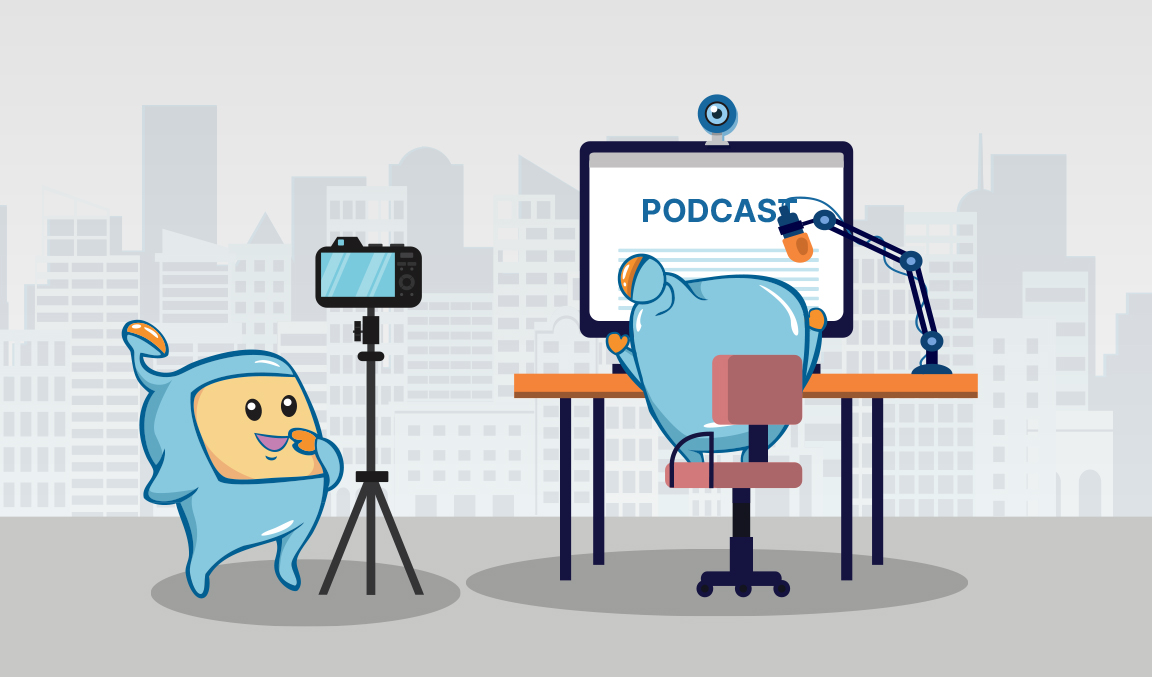
Establishing a recording schedule is essential for maintaining consistency and meeting audience expectations.
Decide on the frequency of episodes and create a content calendar. Scripting and outlining your first episode or preparing interview questions will help ensure a smooth recording process.
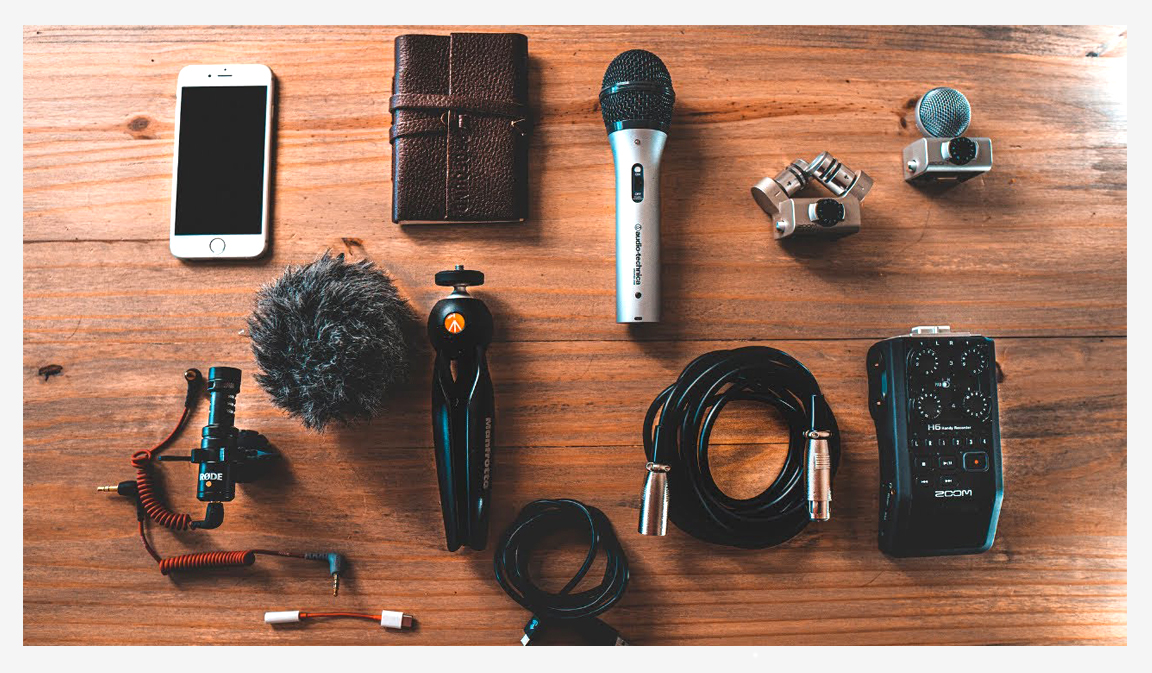
Having the right equipment enhances the quality of your podcast.
While starting with minimal budget-friendly options like recording on your phone with earbuds is possible, investing in a microphone and considering acoustic panels for sound optimization can significantly improve the audio experience for your audience.
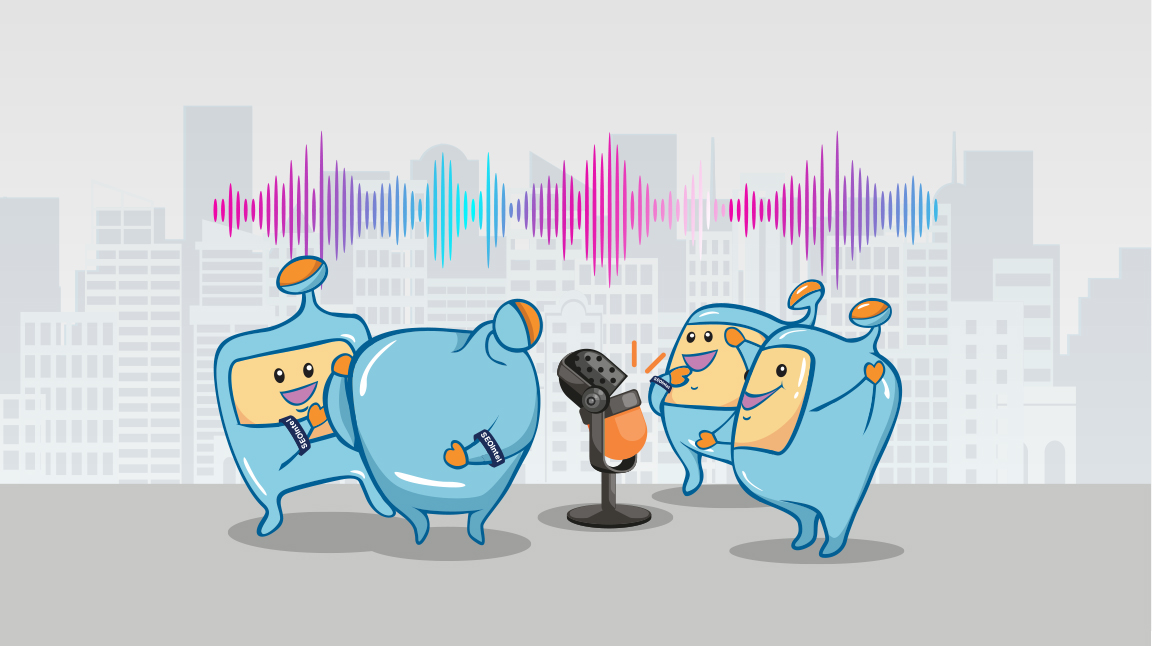
Recording a podcast requires careful consideration of suitable recording software. It is essential to select the right tool that aligns with your specific needs and budget.
There are various options available, ranging from free software like GarageBand and Audacity to more advanced solutions such as Adobe Audition.
Regardless of your choice, it's crucial to ensure that the selected software provides the necessary features and capabilities to achieve a professional-sounding result.
The software should offer intuitive recording controls, support for multiple audio tracks, and high-quality audio capture to bring out the best in your podcast episodes.
By choosing the right recording software, you lay a solid foundation for creating engaging and captivating content.
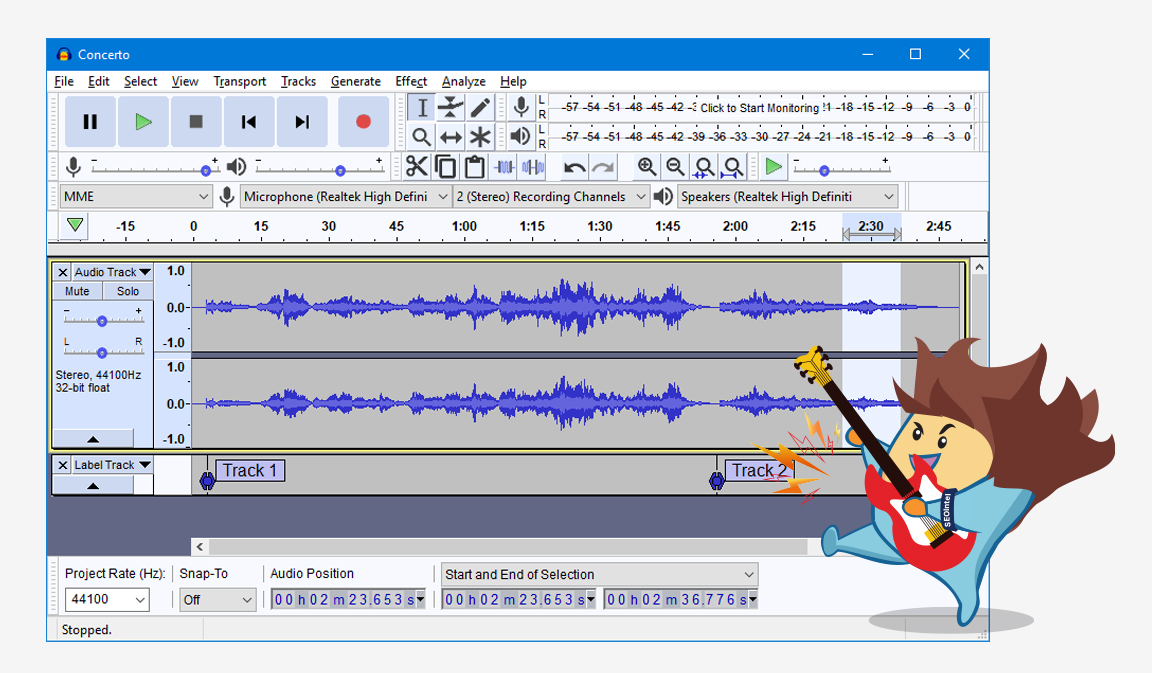
Once the recording phase is complete, the next step is editing the podcast.
The editing process plays a vital role in refining your episodes and giving them a polished and professional touch. Selecting appropriate editing software is crucial to achieving the desired style and format.
Whether you decide to use free options like GarageBand or Audacity or invest in more advanced software like Adobe Audition, ensure that the chosen tool provides the necessary editing capabilities.
Look for features such as timeline-based editing, audio effects, noise reduction tools, and the ability to cut, trim, and rearrange audio clips effortlessly.
With the right editing software, you can enhance the overall sound quality, remove any unwanted segments, add intros and outros, incorporate music or sound effects, and create a seamless flow throughout your podcast episodes.
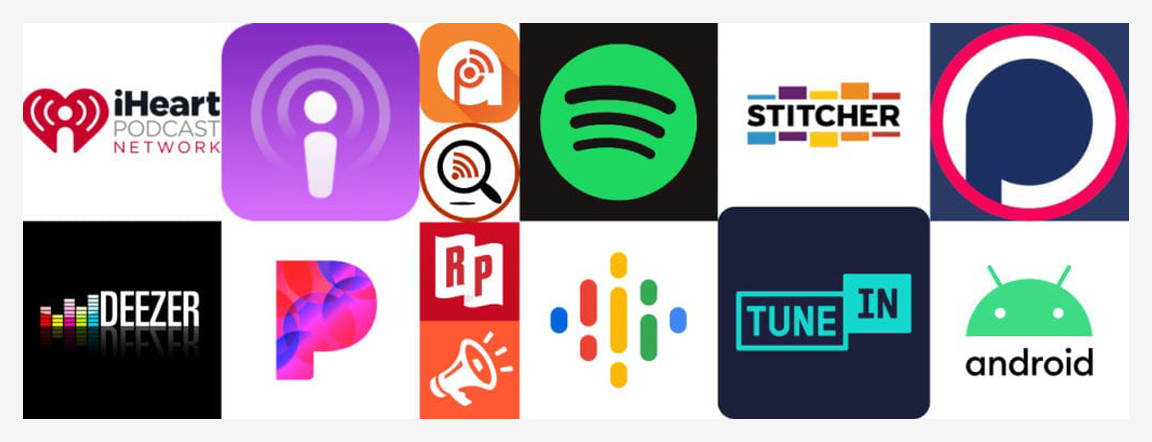
To make your podcast accessible on various platforms, you'll need to choose a podcast hosting service.
This will enable you to create an RSS feed for your audio files, making them available on podcast directories such as Apple Podcasts, Google Play, Spotify, and more.
When setting up your podcast, it's important to optimize the settings to provide essential information to podcast directories.
This includes adding a title, description, artwork, selecting appropriate categories, and incorporating relevant keywords to improve discoverability.
Aiming to get featured in the "New and Noteworthy" category on platforms like Apple Podcasts can significantly boost your podcast's visibility.
By focusing on generating downloads, positive reviews, and subscriptions, you increase your chances of catching the attention of editors and gaining exposure.

Podcasting has emerged as a powerful medium for creating, sharing, and engaging with audio-based content.
With its growing popularity and dedicated listener base, podcasting presents numerous opportunities for content creators, businesses, and individuals looking to share their expertise, stories, or entertainment.
By understanding the fundamentals of podcasting and following best practices, such as setting clear goals, choosing compelling topics, selecting suitable formats, and optimizing podcast settings, you can establish a successful podcast that resonates with your target audience.
Remember, consistency, quality content, and effective promotion are key factors in building and growing your podcast.
Leverage the affordable equipment and software options available to create a professional sound and captivating episodes.
Additionally, explore hosting services that streamline the distribution of your podcast across various platforms.
As the podcasting landscape continues to evolve, stay connected with your audience, adapt to their preferences, and seize opportunities to reach new listeners.
With dedication, creativity, and strategic planning, your podcast can make a meaningful impact and foster a thriving community of engaged listeners.